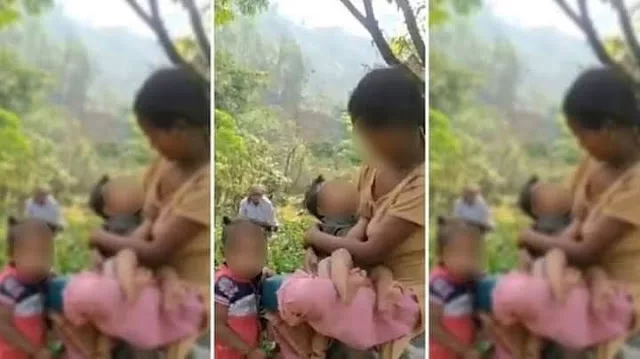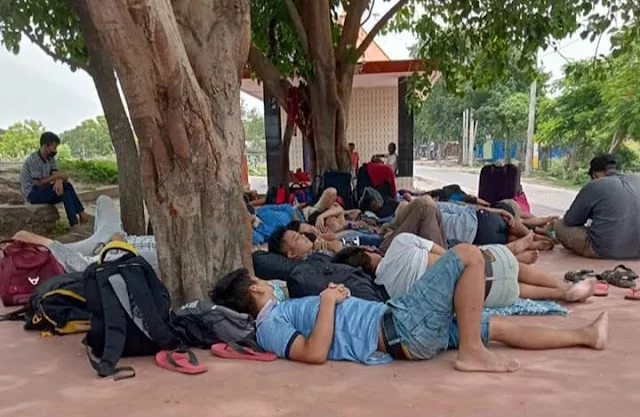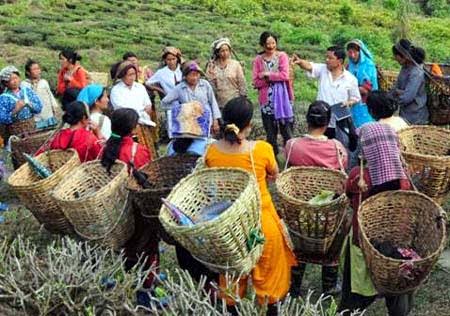On 25 September only, a GJMM youth and Khambu Rai Community popular leader Bishal Rai from Kurseong breathed his last in a nursing home in Siliguri, reportedly following the same fatal disease Scrub Typhus. Presently, three to four persons have reportedly been admitted in Kurseong SD Hospital suspected to have scrub typhus.
It was learnt that scrub typhus was reported for the first time in West Bengal from the Kurseong S.D.Hospital in 2004. The blood samples for confirming scrub typhus then had been sent to the NICED, New Delhi. Since then, laboratory facility for diagnosing scrub typhus has been commissioned at Kurseong S.D.Hospital under local initiative. Further, in 2005-2006, a study was conducted to find the geographical areas affected by scrub typhus which included Pahilagaon and Duptin areas of Mirik. Similarly, areas of Ambootia, Makaibari, Mahanadi, Rinchingtong, Latpanchar and Sittong areas of Kurseong block were also found to be affected. However, there were no reports of outbreak happen during the period and hence no any reason for immediate concern.
The disease presents as fever with severe headache and a black scar called eschar at the site of bite. So far more then hundreds of cases have been diagnosed and treated over a period. As treatment is readily available deaths due to this disease is low. However, people should report it at an early stage if they have fever with a black scab mark. This disease is due to the bite of an infected mite which generally lives on the body of rats and shrews. These mites are predominantly present in areas where rats are present in large numbers. Humans get bitten by these mites accidentally when they are exposed to mite infected areas called ‘mite islands’. Earlier studies have found that having houses near bushes like bamboo groves, stacking piles of wood in the backyard of the house, rearing domestic animals near the house and working in the fields without protective clothing for long hours expose humans to the risk of the disease. Having separate work clothes and changing clothes before going to sleep were found to be protective. Further, having a wash or bath after daily work was also found to be protective.
As per the doctors and experts from Kurseong S.D.Hospital recommended that the best solution would be to take measures that would lead to control of rat population in and around households and place of work. This included proper storage of food in the households and proper disposal of waste food matters. Further, people should reporting to the nearest health unit in case of fever with black scab mark. Treatment for it is simple and available in all the PHCs, BPHCs and hospitals course.
It was learnt that when the disease had been first found in Kurseong region in early 2000 the medical officer from Kurseong SD Hospital Dr. AK Barui had played an important role to diagnose and prevent the out break of scrub typus. He visited many places in the country and hobnobbed with several medical and research experts in the field. Accordingly to curb the disease several other teams from various parts of the country visited Kurseong and investigated the matter.
But unfortunately maybe perhaps due to lack of proper awareness on the disease the human toll taken by it is reported from time to time.
Source: (EOIC)






